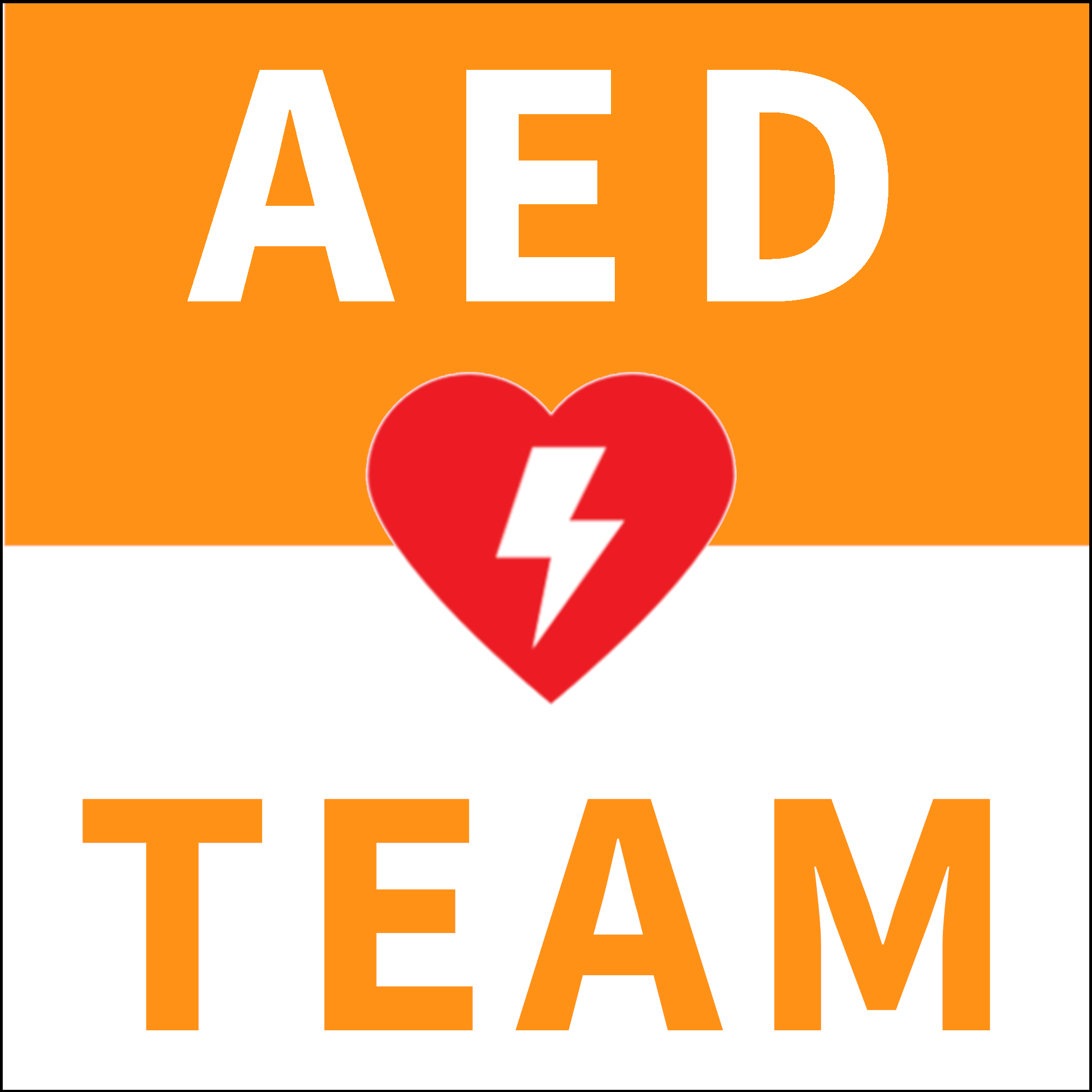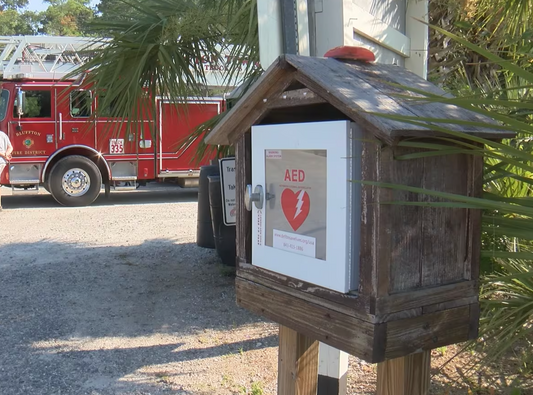The AHA is campaigning for all workplaces to implement a First Aid, CPR, and AED training program, along with public access to AEDs. According to the AHA, 50% of American employees are unable to locate the AED in their own work space. With 10,000 cardiac arrests in workplaces each year, it is worth changing that 50 to 100%.
What are the common elements of an AED program?
There are 9 steps recommended by the AHA for implementing an AED program. They are as follows:
- Get medical oversight, the FDA may require a physician’s prescription to purchase an AED. The physician may be required to oversee use of the AED and make recommendation on training and/or policies and procedures.
- Work with local EMS, most states require coordination between the physician or program coordinator with local EMS systems.
- Choose an AED, the simpler and easier to use, the better. The AHA does not recommend one AED device over another.
- Contact technical support, ensure you have tech support for when your AED requires it.
- Make sure program support is available; some AED manufacturers provide help with program implementation and ongoing support.
- Place your AEDs in visible and accessible locations; effective use of an AED includes rendering a shock (when needed) within 3 minutes of a person collapsing. Keep this in mind when deciding how many AEDs you will need and where to place them.
- Develop a training plan. AED users should be CPR and AED certified. Code One Training Solutions offers a full range of American Heart Association CPR courses.
- Raise awareness of the AED program, ensure all your employees are aware of the new program, encourage certification, use flyers, posters, and other means to promote the AED program.
- Implement an ongoing maintenance routine, it is imperative that weekly and monthly inspections are performed on each AED to ensure they are functioning properly. Create a checklist and designate an individual to ensure the completion of these inspections.




